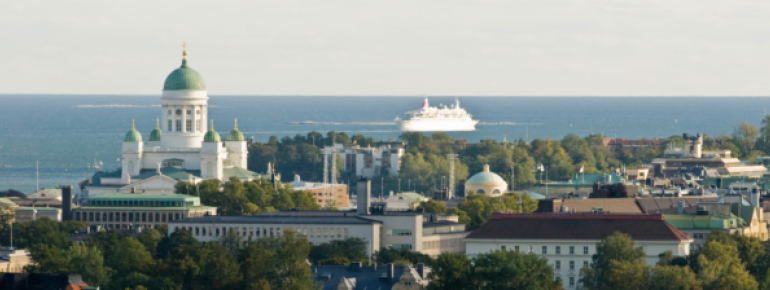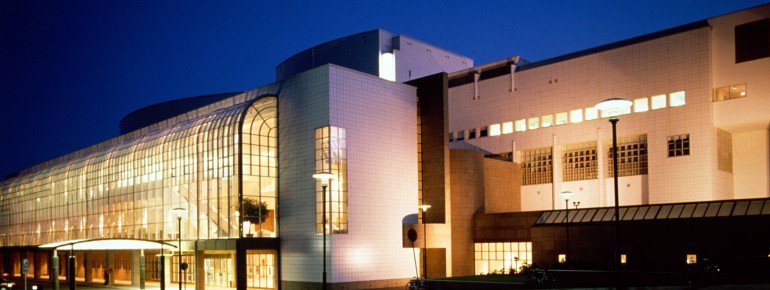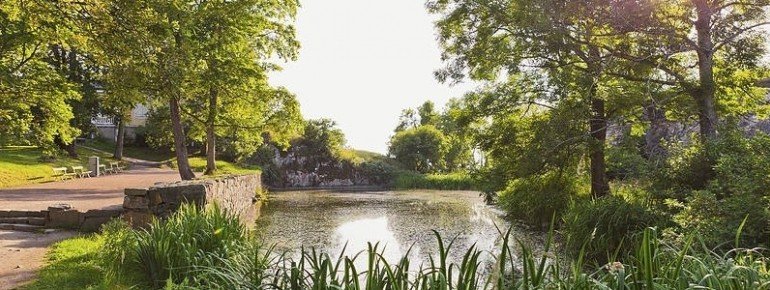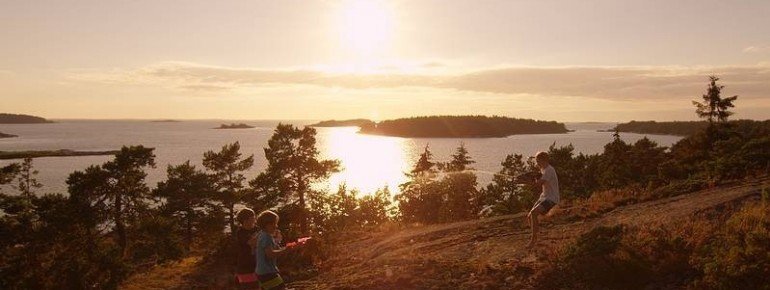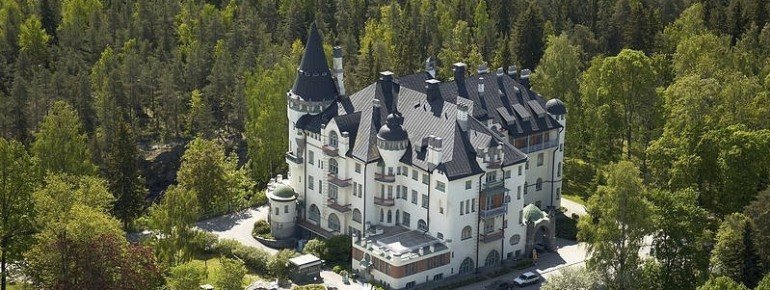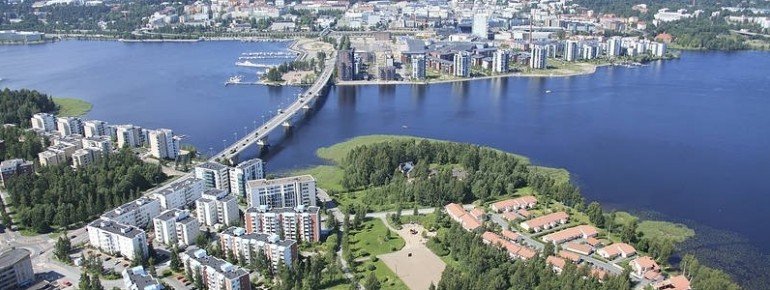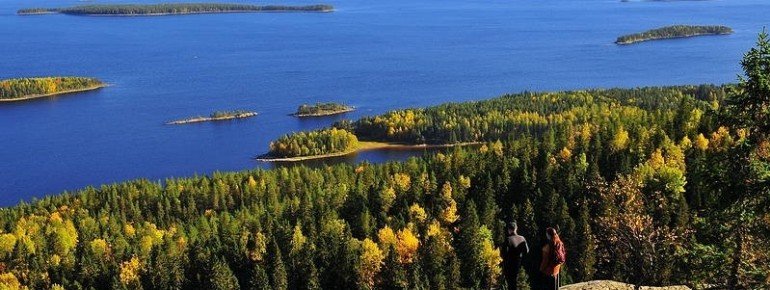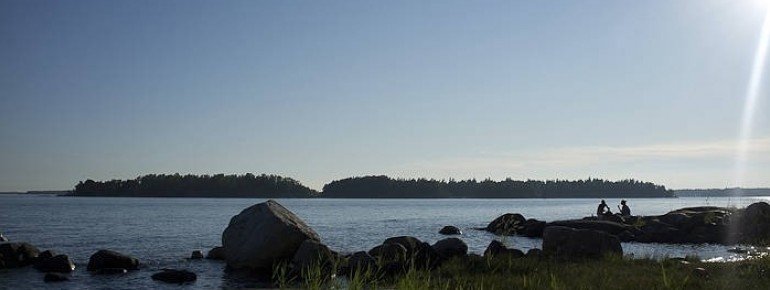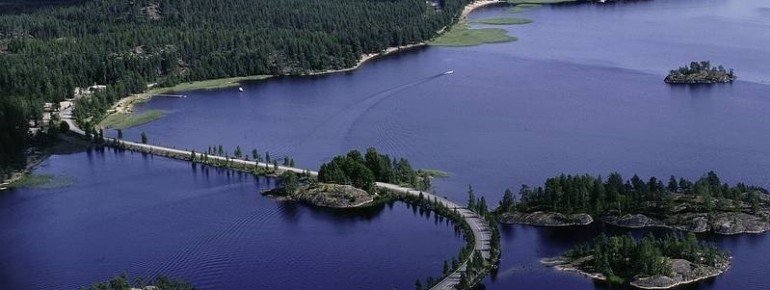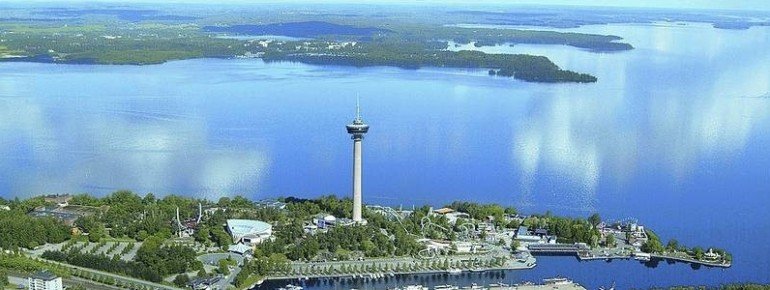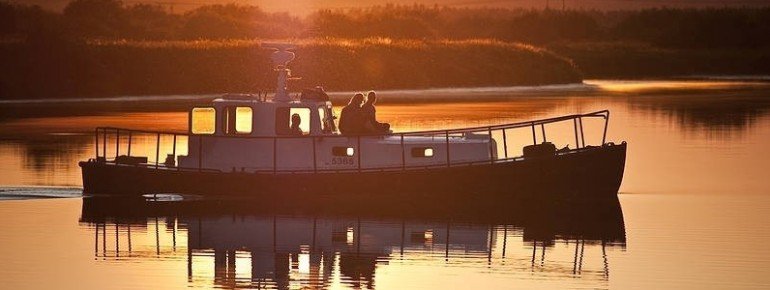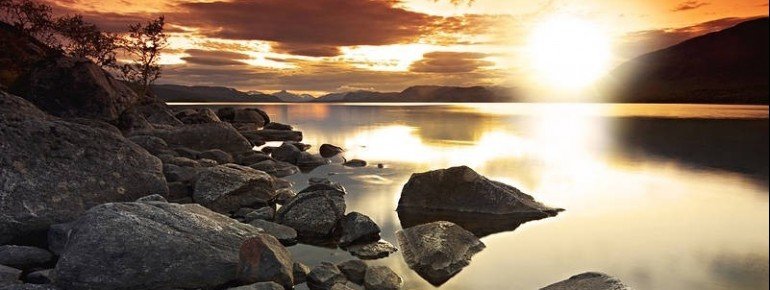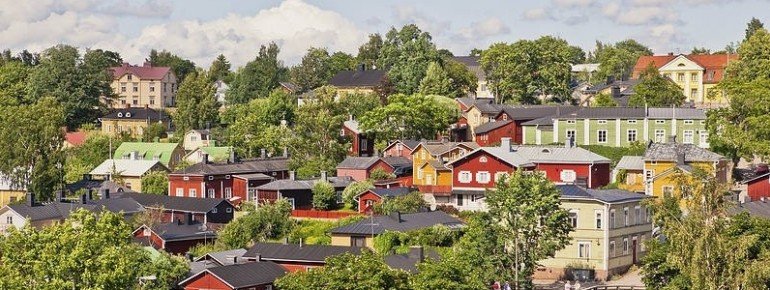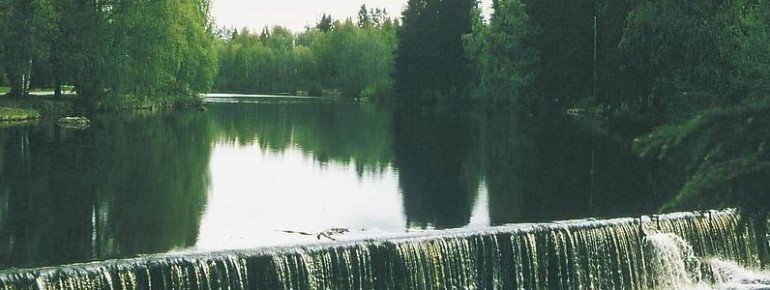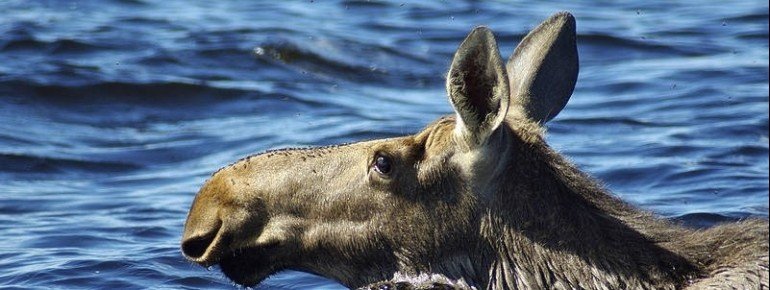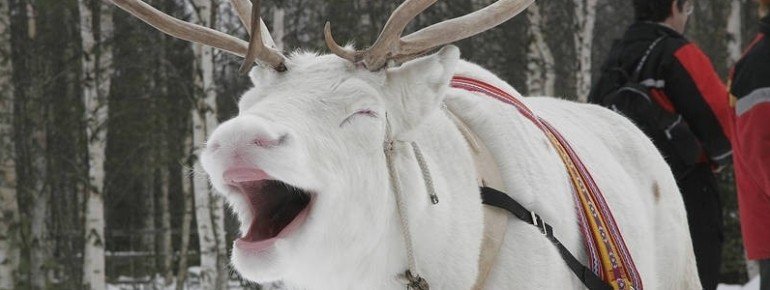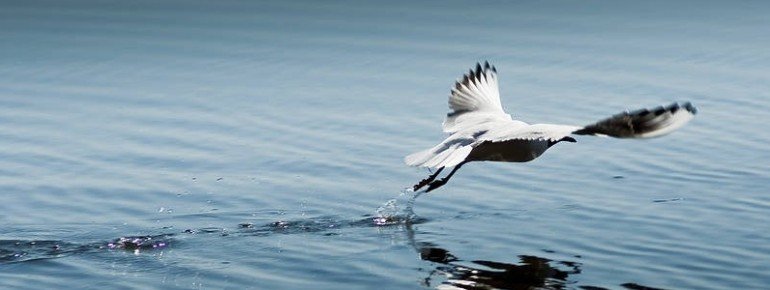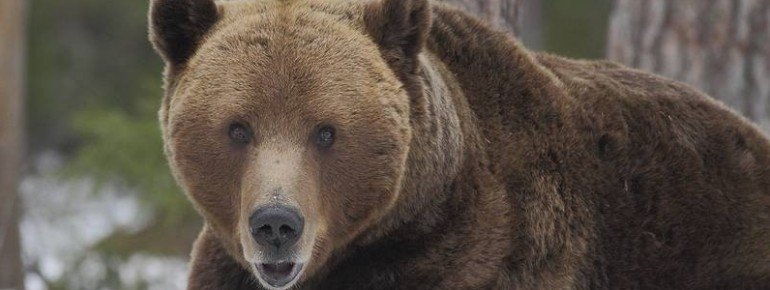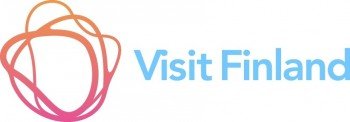Finland is a country located in the very north of Europe and has been a member of the European Union since 1995. The country shares mutual borders with Sweden, Norway, Russia and the Baltic Sea. With a surface encompassing more than 338,000 km² (130,596 sq mi), which is about the same size as Germany, Finland is only inhabited by 5.4 million people, making it the country with the lowest population density in Europe alongside Iceland and Norway. The country's population is primarily spread over the southern parts of the country around the capital city Helsinki. Main languages spoken are Finnish and Swedish. In total, 92% of the population speak Finnish.
Geographical Information
Finland is subdivided into five regions: the coastal regions in the south and Ostrobothnia, the Finnish Lake District in the heart of the country, the Finnish downs in the east and the vast Lapland high up in the north.
The coastal zones, primarily located in Ostrobothnia and crossed by several rivers, are mainly agriculturally used. Studded with more than 73,000 islands, the length of the entire coast is about 40,000 km (24,854 mi) long.
Two moraine ridges in southern and western Finland divide the coast from the Finnish Lake District in the centre of the country. With more than 42,200 lakes, it is definitely the largest lake district in Europe. In total, Finland has 187,888 lakes. Therefore, it's no surprise that Finland is known as the “country of thousand lakes”. And what is more, Finland is the most forested country in Europe, as 86% of the entire country are covered by forest. The Finnish downs extend from the east of the country up to the southern regions of Lapland. Geographically, the area is characterised by many heights, but only a few mountains.
Lapland mainly consists of forests and moors. The northeast has a high density on lakes and the north borders with the Scandinavian Mountains, a part of which belongs to Finland in the extreme northwest. This particular area has all heights starting from 1,000 m (3,280 ft) altitude.
Historical Background
On the basis of archaeological finds, we nowadays know that people first settled in what we know to be Finland today around 8,500 BC.
During the 12th century, Swedes and Novgorod were crusading in Finland. The final border between the two powers that was at the same time the border of East Finland was formally established in the Treaty of Nöteborg in 1323. Due to the ministry of the Church the region of Österland (Eastlands) became part of Sweden. It was allowed to participate in Swedish royal elections from 1362 onwards. Finland remained under Swedish rule from the 14th to the 18th century. Only the Russian occupation during the Great Northern War put an end to Swedish supremacy. The end of the occupation was sealed by the Treaty of Nystad on September 10th, 1721. Soon, though, Finland went through another phase of occupation between 1741 and 1743, resulting in moving the Russian border up to the river Kymijoki.
In the beginning of the 20th century, Finland declared its independence and established a republican constitution. One year later, a treaty was signed with Soviet Russia leading to an extension of Finnish territory. Finland then yet again became part of Russia through the Molotov-Ribbentrop Pact in 1939, which resulted in the Winter War in the same year. Signing a peace treaty the following year, Finland had to cede a great part of their territories to Russia. In 1941 Finland became allies with Germany and was at war with Russia, had to retreat shortly after and lost another territory to Russia, based on a special peace treaty. As a consequence, all German troops were expelled from Finland, which led to the Lapland War. Up to the collapse of the Soviet Union this had had a significant impact on Finland. The war caused a severe economic crisis. Only with the Helsinki Accords in 1975 was Finland re-affirmed as a politically neutral country. In 1995 Finland became a full member of the European Union and introduced the Euro in 2002.
Holiday Destination Finland
Finland, with its vast forests and countless lakes, is a popular holiday destination for all friends of nature. As the country's meteorological year is determined by four seasons, each quarter of a year it looks different here, but always beautiful. Colours, light, temperature and even sounds and odours change with each season. It is known that the Finnish people are said to be rather brittle and reserved, but quite the contrary is the case! Once you're here and get to know the Finns closer, you will come to know that they are quite courteous and hospitable – just lovely people!
